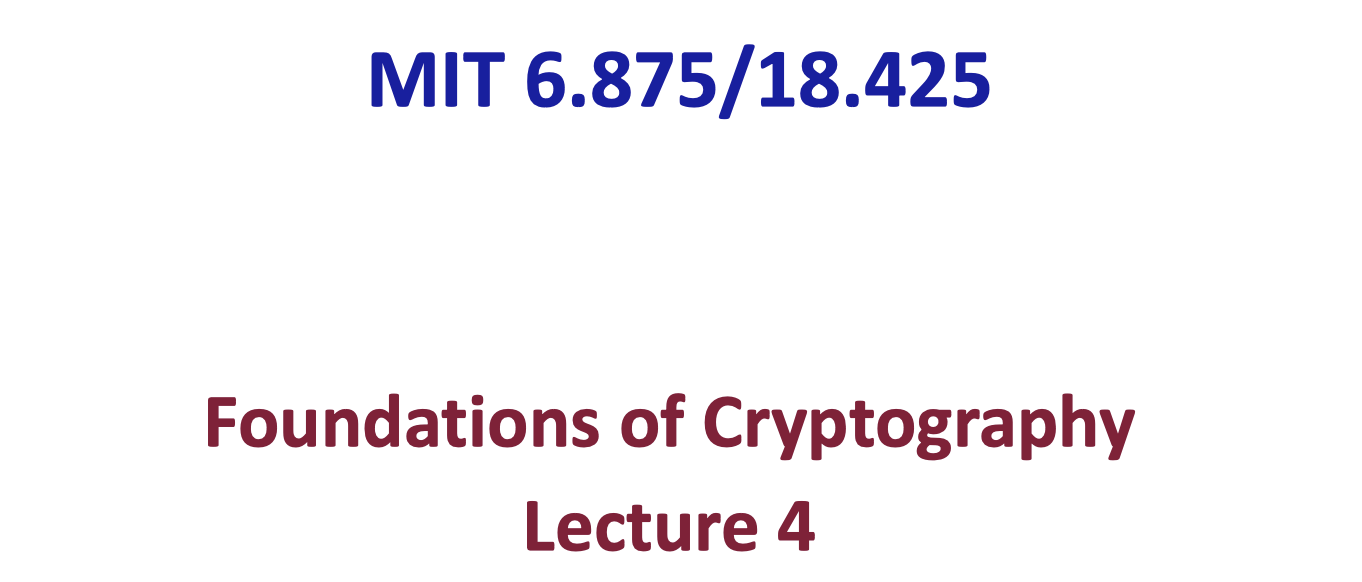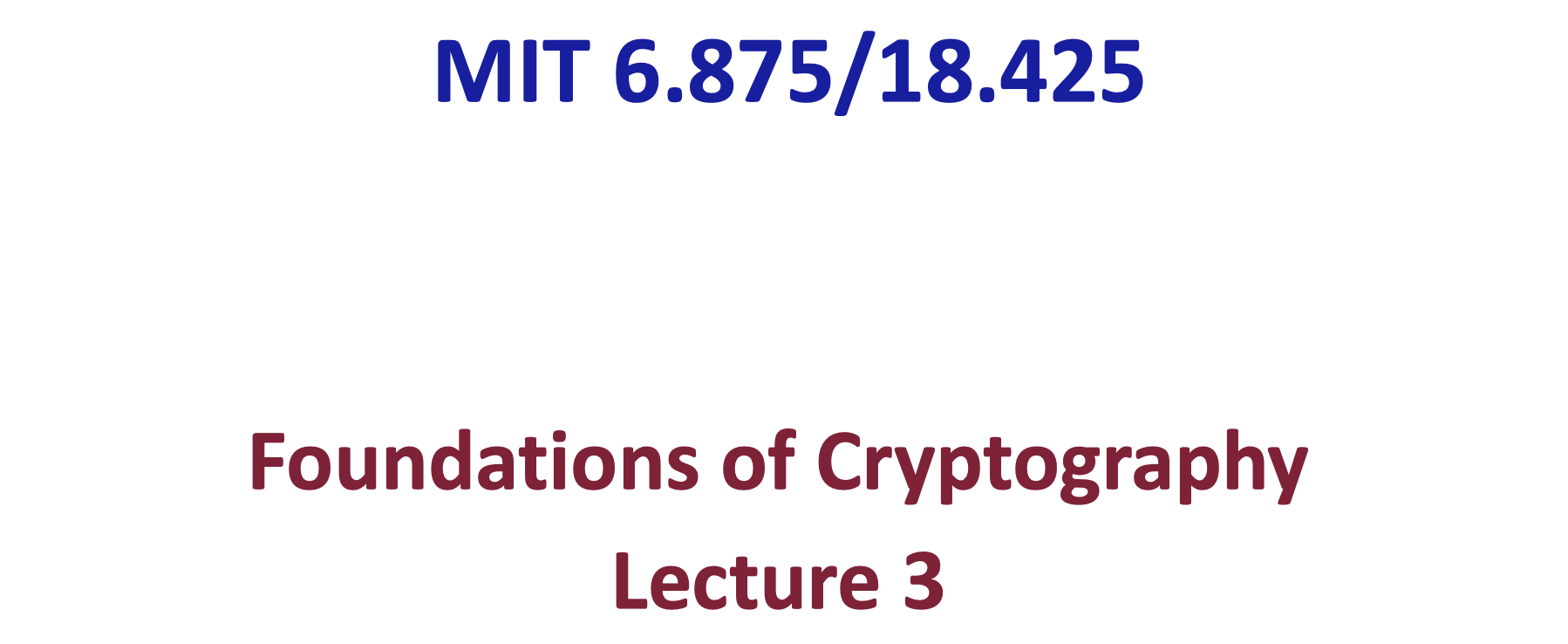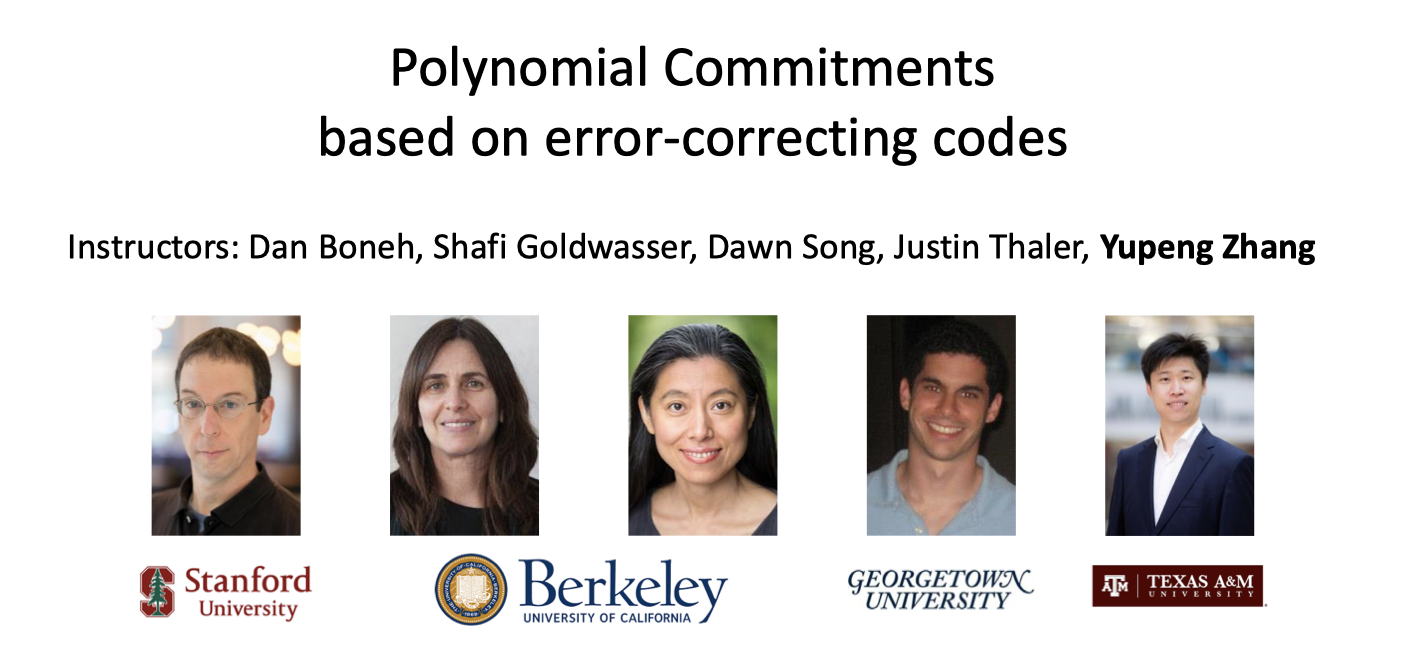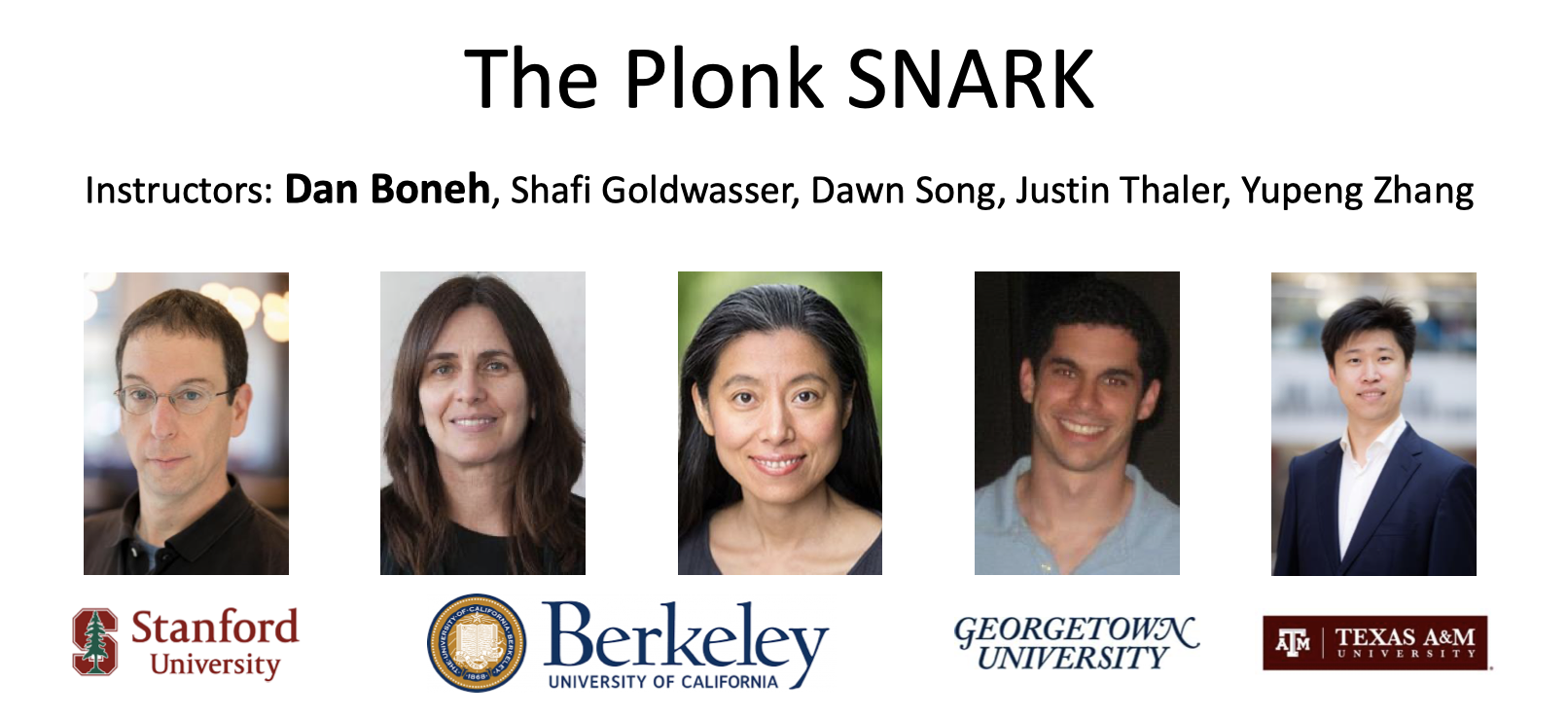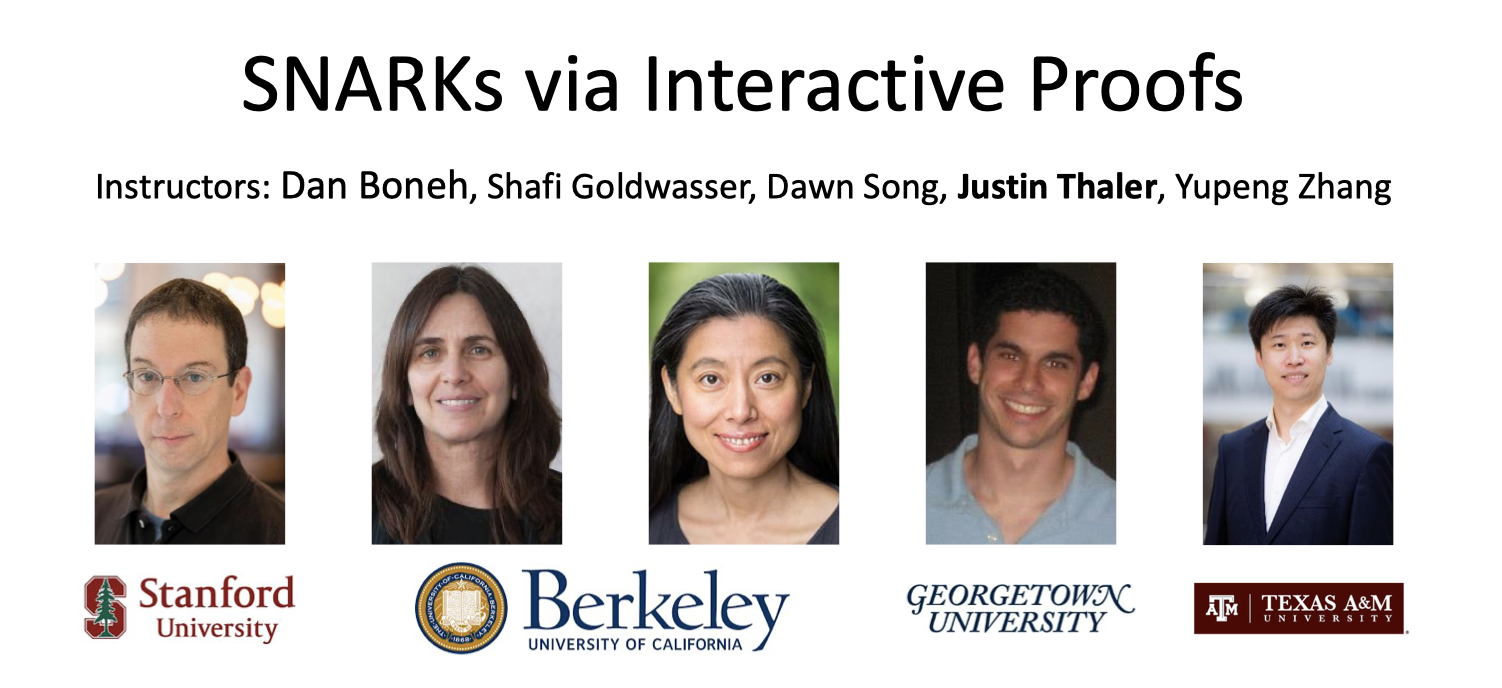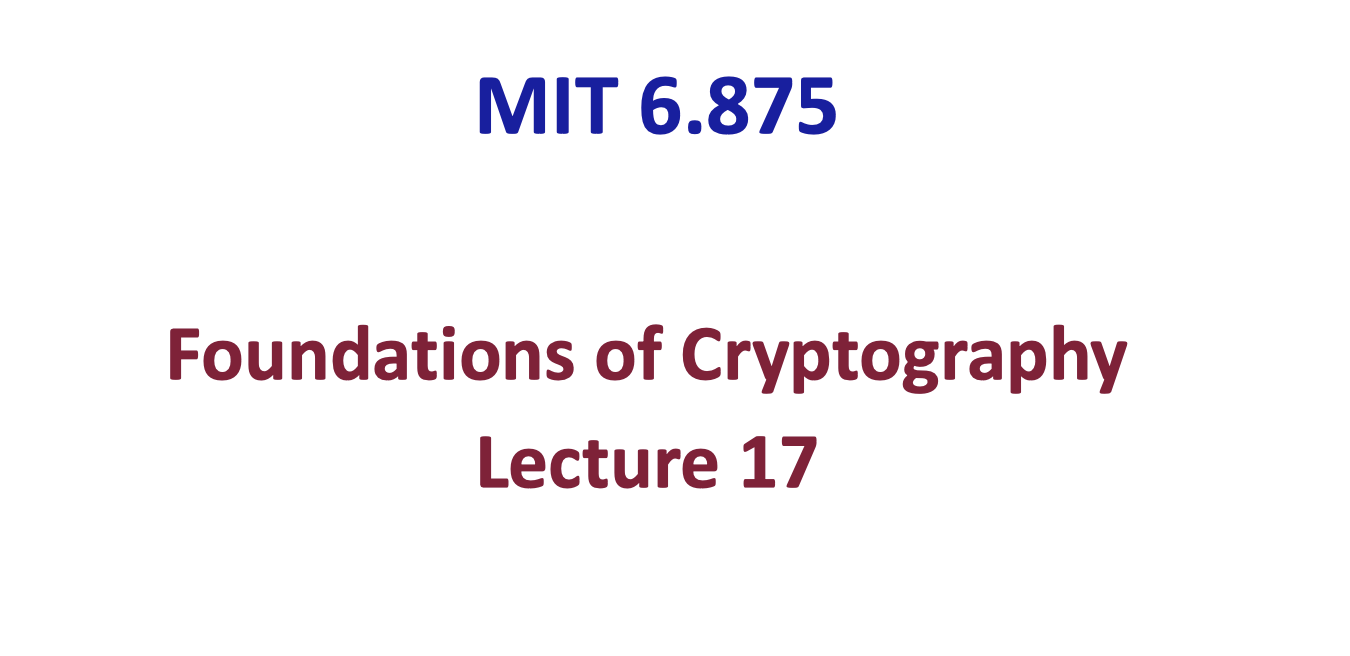「Cryptography-ZKP」: Lec7 Poly-commit based on ECC
Topics:
- Poly-commit based on Error-correcting Codes
- Argument for Vector-Matrix Product
- Proximity Test
- Consistency Test
- Linear-time encodable code based on expanders
- Lossless Expander
- Recursive Encoding with constant relative distance

